Roasted, pureed puffballs slowly caramelized and spun into a thick puree for adding to soups and sauces. It's one of the more interesting puffball recipes on this site.
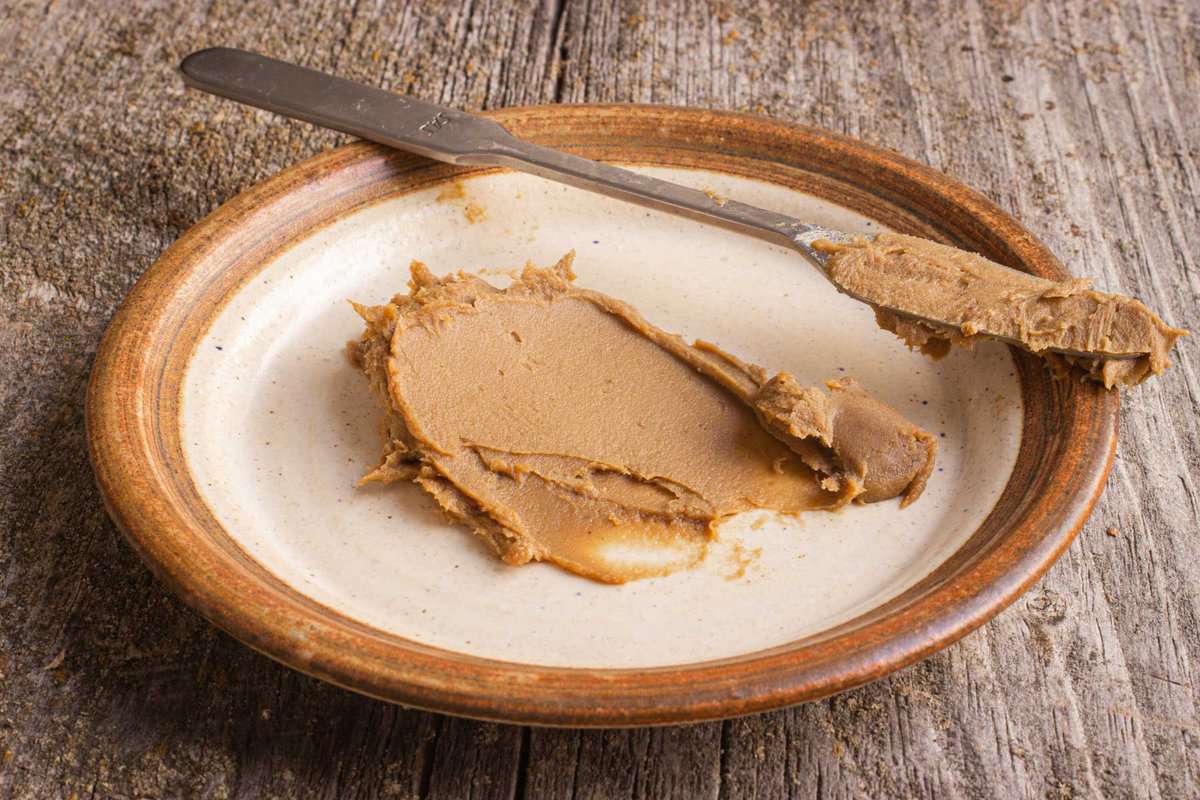
Generally speaking puffballs are large, very large. Most of them that I find can't even be put in a refrigerator. I luck out since I have giant walk in coolers where storing food of any size is no problem at all.
At home this poses an obstacle though. I have lots of friends that hunt mushrooms, and not surprisingly, many of them pass on puffballs when they see them since storing them is tricky, which means they have to be eaten right away.
There are a couple options though, like storing them outside if it's in the fall and the temp drops down to a reasonable degree for storing them without freezing. You can also try slicing and dehydrating, and then powdering them, which works well but takes a long time.
Most often what I end up doing is preserving puffballs somehow, this year, I found a whole bunch by accident and needed a quick way to store them that would be quick and easy. I was thinking about the way that I make caramelized dairy based sauces, and also dulce de leche when a new way of treating these things hit me: I should puree the puffballs to cook out their water weight, then slowly caramelize the puree to deepen their flavor.
The caramelized puree ends up being a little weird looking during the cooking process, but the end result is fantastic, a smooth puree of puffball concentrate that takes up an amount of space in the freezer that's negligible-I cooked 25 lbs down to about 2 qts of puree.
Once the puree is made, your imagination is really the limit. Sauces, soups, stuffings, and compound butters I've made have all been excellent. Unlike some mushrooms too, there isn't a hint of bitterness at all either, just smooth, buttery puffball. Did I mention you don't even need measurements to make it?
How to Make Caramelized Puffball Puree
Equipment
- Food processor, Blender
Ingredients
- 2 lbs Puffball mushrooms
- Salt
- 6 tablespoons unsalted butter chilled
- cooking oil as needed
- Warm water as needed for pureeing
Instructions
- Preheat the oven to 300 F. Clean and peel the puffballs, then chop them into 1 inch cubes. Put the chopped puffballs into the biggest stockpot with a lid you have, then add a cup or two of water so the puffballs don't scorch on the bottom.
- Cover the pot, then turn the heat on medium, stirring occasionally, until the puffballs are wilted and have started to give up their water. At this point, the puffballs will have turned varying shades of nasty looking blue and gray, don't worry, this is natural, it happens when puffballs are exposed to moist heat.
- As the puffballs wilt and give up their water, more space will be created in the pan, if you have more mushrooms to add, do so and repeat the process, just make darn sure they don't burn on the bottom.
- When the mushrooms are wilted and soft, begin transferring them to the bowl of a food processor to puree. If you have difficulty getting the puree to be smooth, add some warm water until the blades begin to buzz it all up.
- When you have a smooth puree, transfer it to a very wide pan that you've greased liberally with lard or oil. Put the pan in the oven and cook over medium heat whisking every 5 minutes or so, until most of the water has evaporated and the mixture is browned and caramelized. Eventually the puree will break and end up looking like cooked ground beef-this is normal.
- When the puree is nicely browned and evenly caramelized, remove the pan from the oven and allow the puffball matter to cool to room temperature. When the mushroom mixture has come to room temperature, put batches of it in a food processor and process it, adding small amounts of chilled butter, a tablespoon at a time until a velvety puree is formed.
- Once you have a smooth puree, remove it to a container with a tight fitting lid, label, date, and refrigerate or freeze until needed. It's possible to over process the mixture and break it if the puffball mixture is too warm, or if it's processed for too long, if that happens, you can drain the butter from the mixture, cool the puffball puree, and repeat the process with some more chilled butter.
Notes
Nutrition
Caramelized Puffball Butter “Maitre’d Hotel”
Ingredients
- 1 lb caramelized puffball puree see recipe
- ½ lb unsalted butter
- ¼ cup choppd Italian parsley
- ½ teaspoon kosher salt
- Juice of one lemon plus the zest, microplaned
Instructions
- Bring the butter and puffball puree to room temperature, then process in a food processor until smooth and combined. Transfer the mixture to a mixing bowl and stir in the salt, lemon zest, juice, and parsley. Form the butter into a 1 inch log, wrapping in plastic wrap, then label, date, and refrigerate until needed. The butter can also be frozen.
Notes
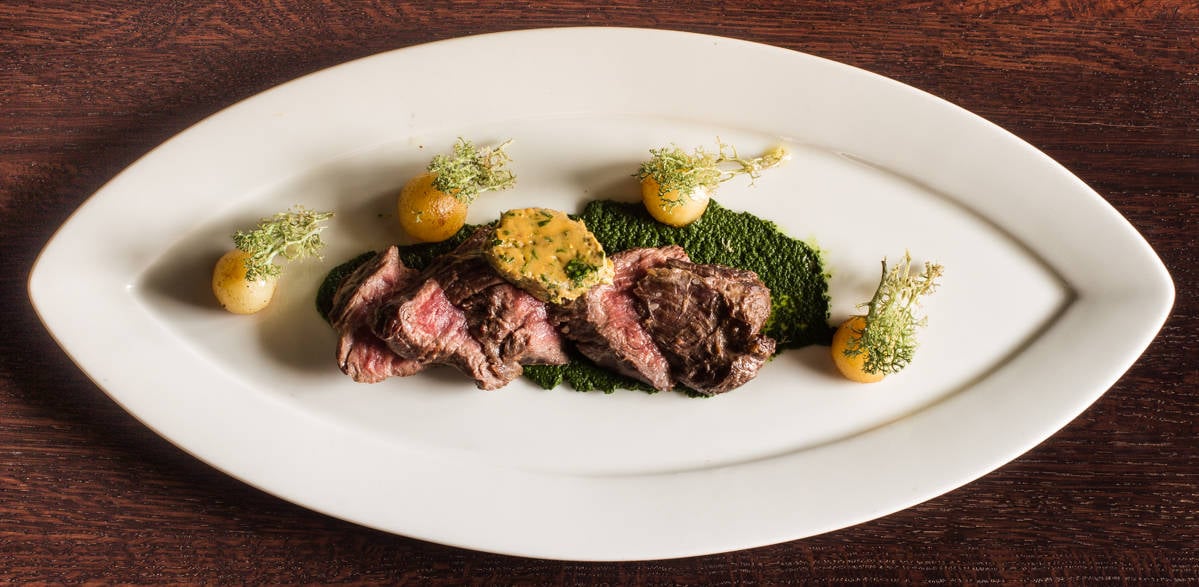

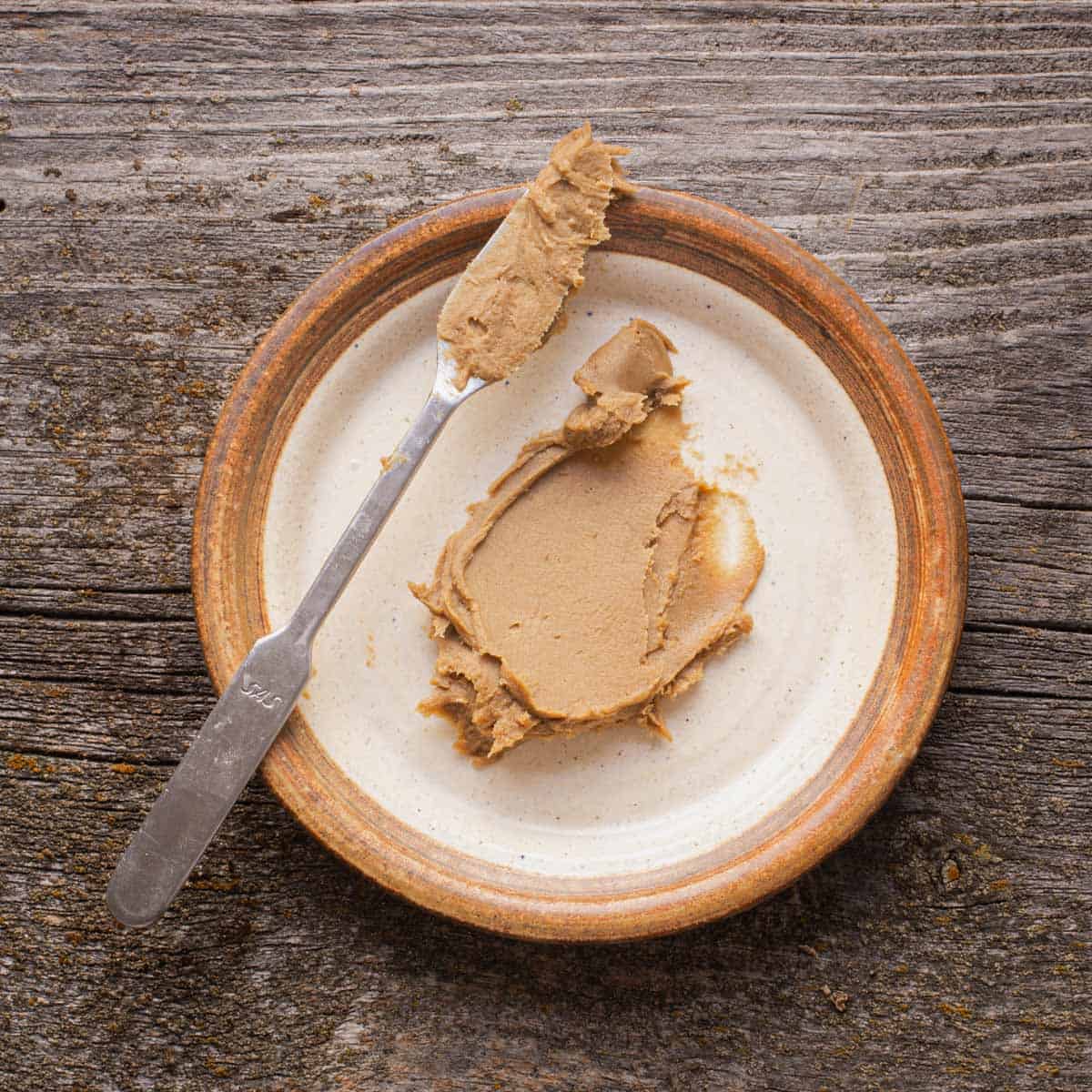
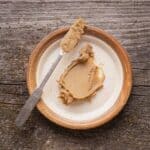
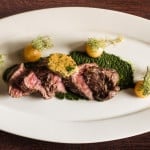
Mark
From the dopamine rush of discovery, to the “what do I do with all this material?” to the bite of steak with puffball butter, this has been one of the most fun experiences in my life. Your recipe solves a couple of challenges (volume and storage) with this abundant and surprisingly strong fungus. Thank you so much for sharing this process! I am one of the many mushroom hunters who has felt the fear of missing out, realized every morel season. This is my consolation, no, my secret satisfaction at finding the next-level gourmet fungus. The marshmallow appearance is deceptive. A little bit of puffball goes a long, long way. And I found five pounds of it! Most of it was sliced and put in dehydrators in the garage then stored in Mason jars with silica gel pouches. Half was toasted, half as-is. That’s fine. Crumbled and added as a powder to soup, or breadings, or sauces.. But I like the caramelized puffball flavor more, plus it made the best butter we have ever eaten. And I think that it will ultimately store better than the dehydrated stuff. If I am lucky enough to hit the same flush this fall, it will probably all go the caramelized route.
Alan Bergo
Hey thanks Mark. This was my go-to method to preserve them in restaurants. I'd portion up the mushroom butter and line cooks would just grab a log of it on the go for whatever we were using it for. Really versatile.
Lou
I collected a few puffballs recently and had seen that you could freeze them in chunks so that's what I did without reading further. I have since read on your post here that cooking them before freezing is recommended. At this time, what can be done with my 6 gallon bags of chunks of puffballs in order to avoid this stinky liquid you described? Thanks in advance!
Alan Bergo
You can throw them away, they’re ruined.
Bill
Neat idea. What proportion of butter to puffball do you generally use and what exactly is the purpose of the butter aside from deliciousness? When does the salt enter the picture?
Joanne Burnett
I'm trying the caramelized puree recipe. I have been processing puffballs every day this week. They are literally popping up over night! I haven't had to walk very far( less than half a mile) to collect them. Thank you for the recipes. They are very well written.
Joanne Burnett
Aaron
Sounds like giant puffballs. There are many varieties.
Carol Day
HEY WE FOUND ONE ON OUR RURAL B,C property last week 32 inches around 12 inches wide and 6 kilos!!!!
Trish
aside from the very ingenious and tasty Ravioli recipe you have previously given this is the best idea yet for the strange Puffball. I have dehydrated slabs of the thing in my convection oven and do NOT want to do that again. The smell was very offensive, like cleaning out the barn! But I ended up with a very flavorful powder that I use as a flour to season dishes with. So glad I will not have to do that again. Thank you!
Trisht
In addition to you providing us with Puffball Ravioli this is also an excellent use. I have dehydrated slabs in my convection oven and turned them into a mushroom flour. The color is similar, the flavor much increased but the odor as they are drying is very offensive, much like cleaning out the barn! I then use the flour much the same way you have. But I think next time I will forgo the smelly mess and cook down instead. Thank you again!
scotty wickham
In northern British Columbia Canada the puff ball are on average about 1 to 2" in dia. although I have heard of them being around 2' in diameter down around Lytton in the frazer valley which is a lot hotter than up here. I love the small ones as they are.
Dan
Now... that is one of the most inventive ideas I have seen in a long time!! The stuff you come up with sometimes amazes me!
Hilda
This is a brilliant use of and way to preserve puffball mushrooms. Assuming I find some this year I will definitely be making this.